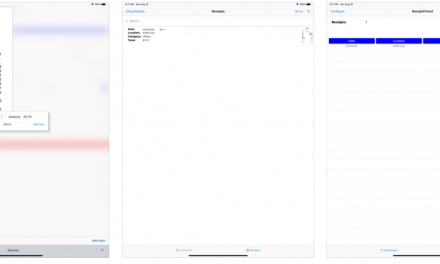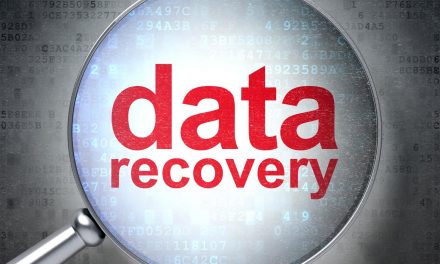In today’s fast-paced educational landscape, the demands on educators have never been greater. With increasing student populations, diverse learning needs, and ever-evolving curriculum standards, educators face significant challenges in managing their classrooms effectively while fostering an environment conducive to learning. Fortunately, advancements in technology have paved the way for innovative solutions, one of which is school administration software. This blog explores how school administration software plays a pivotal role in empowering educators and facilitating learning in modern educational settings.
Streamlining Administrative Tasks
Traditionally, educators have spent a significant portion of their time on administrative tasks such as attendance tracking, grading, and communication with parents. School administration software automates many of these processes, allowing educators to focus more on teaching and less on paperwork. With features like digital gradebooks, automated attendance tracking, and communication portals, educators can streamline their administrative responsibilities, giving them more time to dedicate to lesson planning, student engagement, and professional development.
Enhancing Communication and Collaboration
Effective communication and collaboration are essential components of a successful learning environment. School administration software provides educators with tools to communicate seamlessly with students, parents, and colleagues. Through integrated messaging systems, online forums, and shared calendars, educators can easily communicate important information, share resources, and collaborate on lesson plans and projects. By fostering open communication and collaboration, school administration software strengthens the connections between all stakeholders in the educational process, creating a more cohesive learning community.
Personalizing Learning Experiences
Every student is unique, with individual learning styles, strengths, and areas for growth. School administration software enables educators to personalize learning experiences to meet the diverse needs of their students. By accessing student data, including academic performance, attendance records, and learning preferences, educators can tailor instruction to better support each student’s learning journey. Whether through adaptive learning platforms, differentiated instruction strategies, or targeted interventions, school administration software empowers educators to create personalized learning pathways that maximize student engagement and achievement.
Analyzing Data for Informed Decision-Making
Data-driven decision-making is a cornerstone of effective educational leadership. School administration software provides educators with valuable insights into student performance, attendance trends, and instructional effectiveness. By analyzing this data, educators can identify areas of improvement, track progress towards learning goals, and make informed decisions about curriculum design, instructional strategies, and resource allocation. Additionally, school administration software enables educators to generate comprehensive reports and dashboards, providing stakeholders with real-time visibility into school performance and accountability measures.
Fostering a Culture of Continuous Improvement
Continuous improvement is essential for educators seeking to enhance their professional practice and optimize student outcomes. School administration software supports a culture of continuous improvement by providing educators with opportunities for reflection, feedback, and professional development. By leveraging school administration software as a catalyst for professional development, educators can enhance their instructional effectiveness, refine their teaching strategies, and ultimately, empower their students to achieve academic success.
In conclusion, school administration software plays a critical role in empowering educators and facilitating learning in today’s educational landscape. By streamlining administrative tasks, enhancing communication and collaboration, personalizing learning experiences, analyzing data for informed decision-making, and fostering a culture of continuous improvement, school administration software equips educators with the tools they need to succeed in the classroom and beyond. As technology continues to evolve, school administration software will undoubtedly remain a valuable asset in the pursuit of educational excellence and student achievement.















